My Desert Oasis
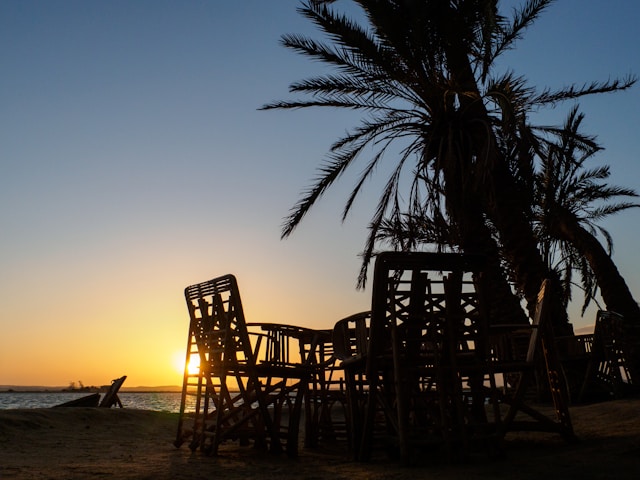
Living in the Sonoran Desert, I realize the importance of water. Many animals have adapted to getting the water they need from their food. However, an article suggested setting up a bird bath for the local avians. It suggested a shallow dish with a few rocks to show the birds how deep the water is. […]
The New Color of Spring!
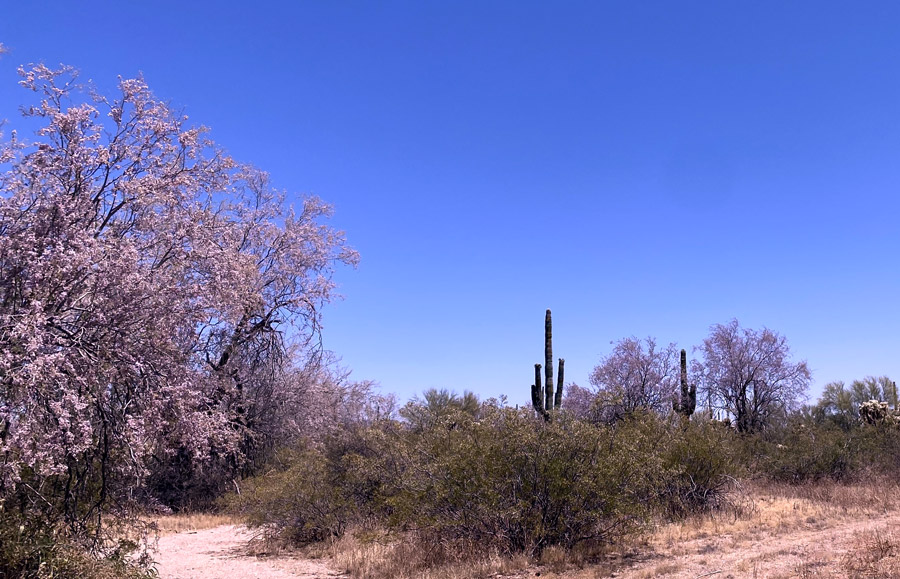
Last year, I wrote about the color of the Sonoran Desert Spring being yellow. Spring had been yellow for many years. However, this year, the color of spring was pink! The Palette of Spring 2024 This year, the desert landscape was festooned with the yellow flowers of the palo verde trees as usual, but the […]
The Hedgehogs of the Sonoran Desert
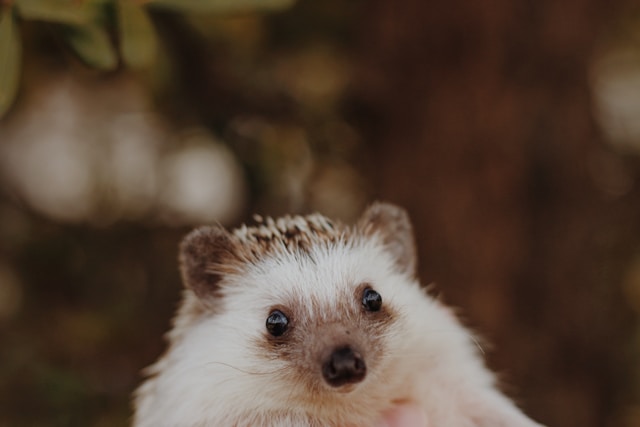
Before the dog days of 2023, the only mammal I wanted as a pet was a hedgehog. However, every time I got the urge to purchase a captive-bred hedgie, I’d remember that they were nocturnal. Sellers say you can interact with your hedgehog as they awake at dinnertime for some fun before bed. I prefer […]
Observations at a Street Fair

From March 22-24, 2024, I had a booth at the 55th annual 4th Avenue Street Fair. This exciting event brings over 300,000 people to shop for an incredible variety of arts and goods and enjoy diverse and delicious food. I have several art pieces from my visits to previous fairs in my home. Joining in […]
The Science of… Oatmeal?

Do you ever think about the physics in action within your breakfast? Sometimes, I do, especially after a spectacular failure, like when I attempted to microwave oatmeal. The day before, I boiled some oatmeal for my dog. He was taking antibiotics, and I could tell they were bothering his stomach. I thought maybe oatmeal might […]
A Pennaraptorans for Your Thoughts

I recently learned about Penneropterans. They are not people who like to eat penne pasta! Maybe ‘opt’ refers to optics? Nope, they are not people who want to look at penne pasta, either! No, Penneropterans is a misspelling of Pennaraptora. What’s a Pennaraptora? The Pennaraptora clade refers to the group of dinosaurs who developed feathers. […]
That’s a Pile of Horse Poo!
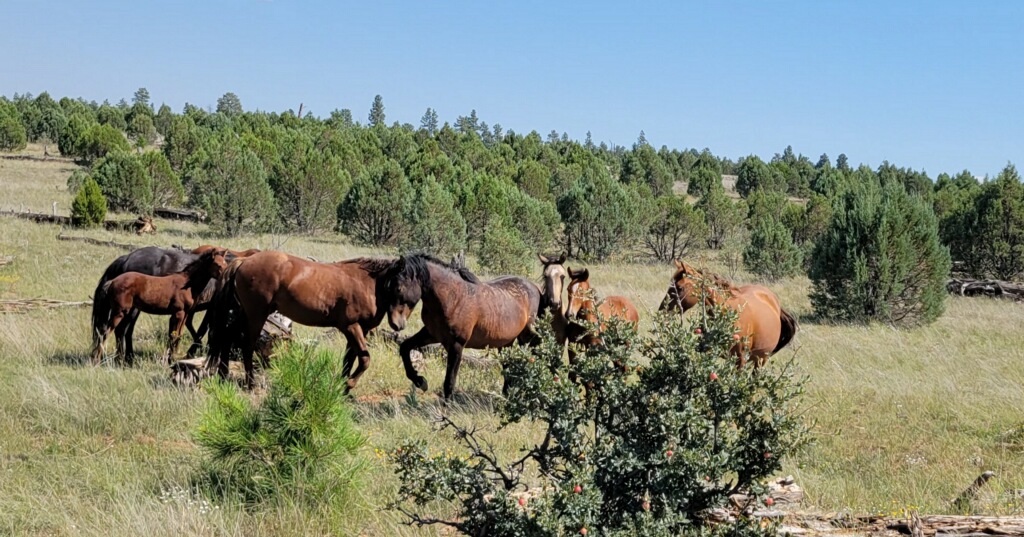
A friend and I rode in the Sitgreaves National Forest near Overgaard, AZ. Located in the southern parts of Navajo, Coconino, and Apache counties, it has an area of 818,749 acres. The trails we were riding were known for their abundance of wildlife, including mustangs or wild horses that lived there. It is also a […]
Vampire…Tortoise?!
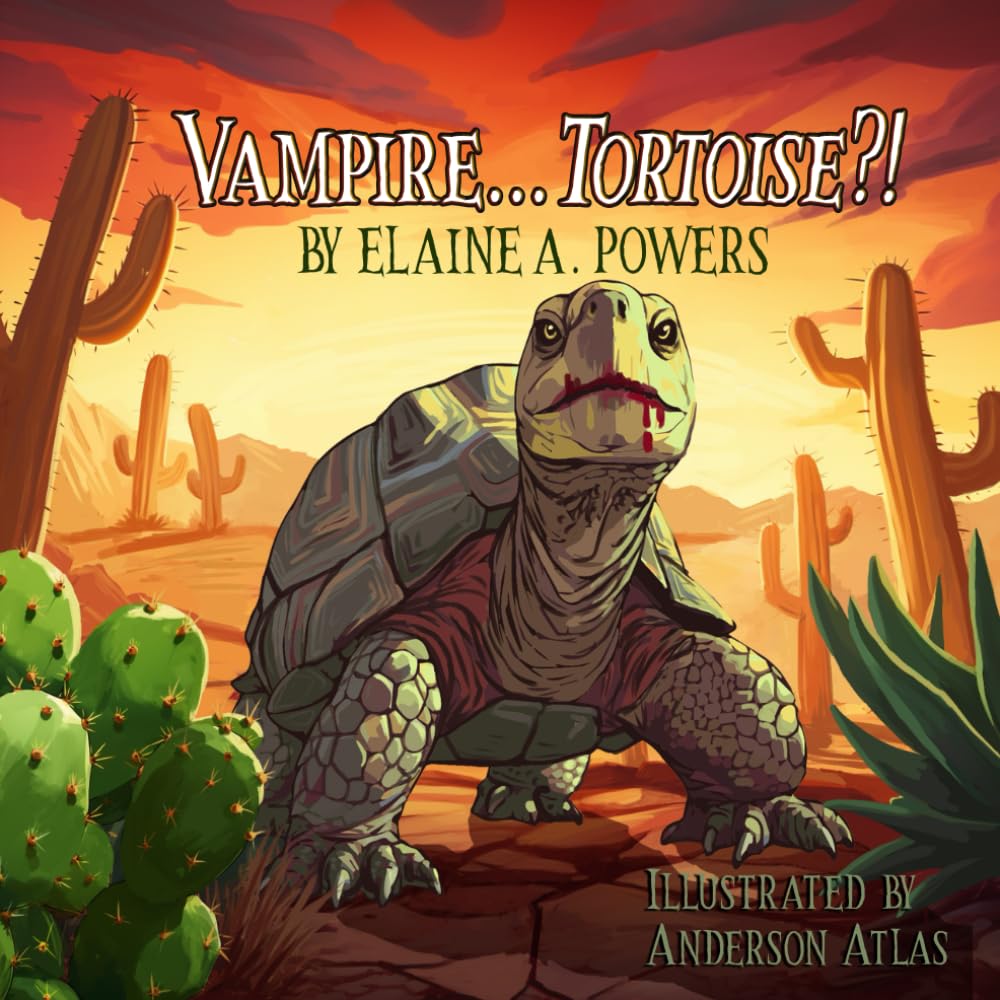
What do you think of when you hear or read the word ‘vampire’? Does your mind go to the human Count Dracula, or perhaps it’s to bats? Members of the Desmodontinae bat subfamily feed on the blood of other animals. Consuming blood is called hematophagy. But not just bats are vampires. There are the candiru […]
Adventures of a Bully
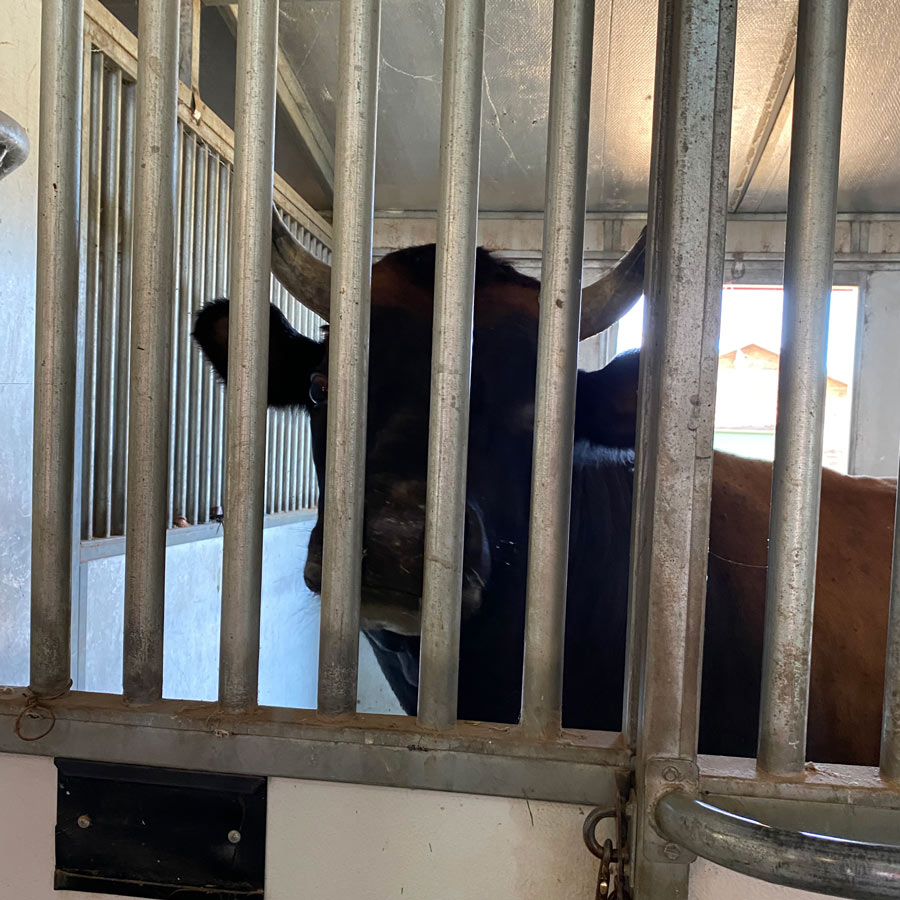
Recently, I boarded my horse at an interesting barn in Overgaard. My horse enjoyed his stay, I’m happy to say. But what made it particularly interesting was the presence of a full-grown bull across the aisle. Unfortunately, the bull had damaged his usual stall and now resides in a horse stall. Fortunately, my horse didn’t […]
How to Make a Monsoon
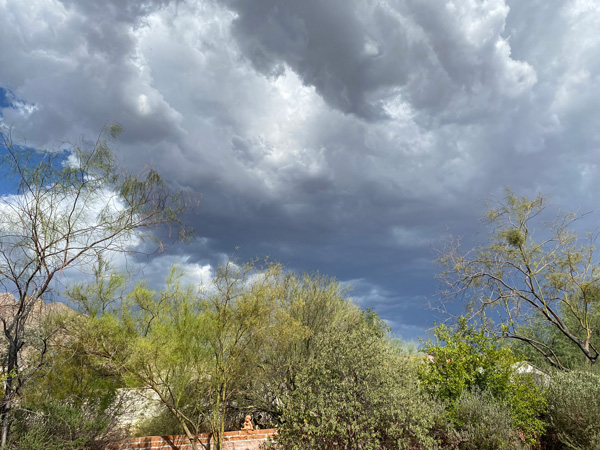
Here in the Sonoran Desert, changes in the weather occur before the monsoons arrive. Humidity and dew points increase. Replacing our comfortable dry heat – when sweat evaporates immediately. After all, in 100+ degree weather, the body needs to sweat. But sweat remained on my skin when I lived in the South, beading up and […]
Tortoise Emergency? Max to the Rescue!
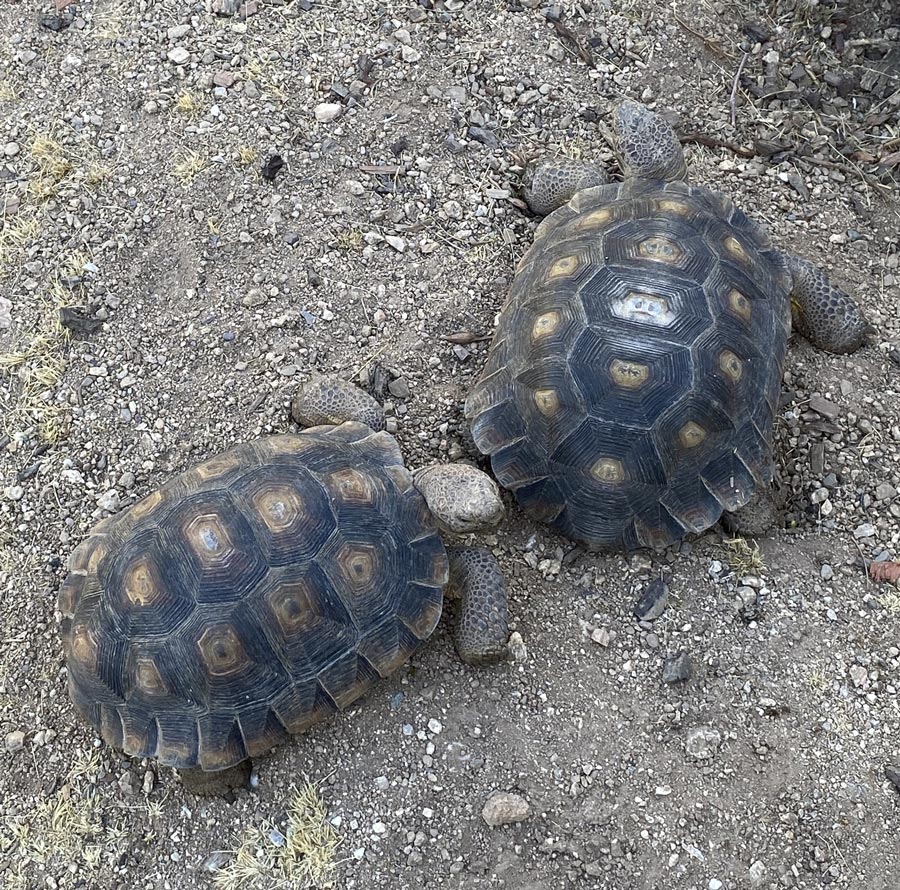
When a friend needed help with her dog, I offered to foster him as long as he got along with my reptiles. I was very pleased when Max and my free-roaming tortoises easily accepted each other. Good thing since it’s looking like Max, a Chihuahua mix, is going to be a permanent member of my […]
Love is in the… Cactus?

Ah, the heart! ❤️ The symbol of romantic love. An appropriate topic for February 14th is Valentine’s Day. It was in the fifteenth century that today’s typical heart symbol was developed. With the establishment of Valentine’s Day, the use of the symbol exploded. Its popularity reached the ultimate pinnacle when the ❤️ became a verb! […]
Hare, There, Everywhere!
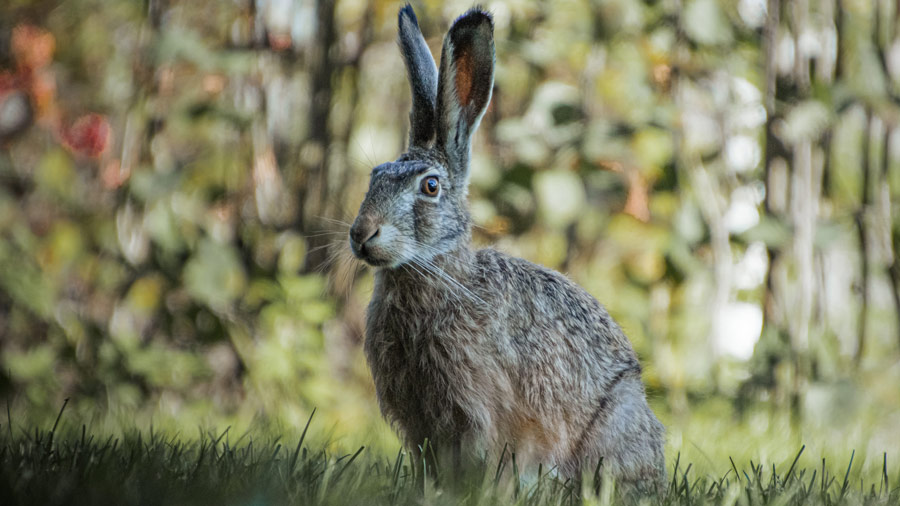
Hares! Here, there and everywhere. I seem to be finding hares everywhere. I live in the Sonoran Desert with the very large rabbits known as desert hares. The actual common name is Antelope Jackrabbit with the scientific name of Lepus alleni. I’ve tried many times to get a photo of a jackrabbit with its long, […]
What Strange Food is This?

I recently wrote a blog about popcorn for National Popcorn Day. Microwave popcorn is very popular these days. Microwave ovens often have a designated popcorn button built into them. In addition, various foods have been produced specifically for cooking in microwave ovens. I understand the need for speed when preparing meals. Most people need to […]
The Tale of an Old Time Term

One of my favorite pastimes is listening to Old Time Radio (OTR) shows as I drive around. The other day while captivated by a comedy show, I heard an unusual word. I thought it was perhaps a slip of the tongue or a word created for comic effect. But then I heard it a few […]
This Blog is Popping!
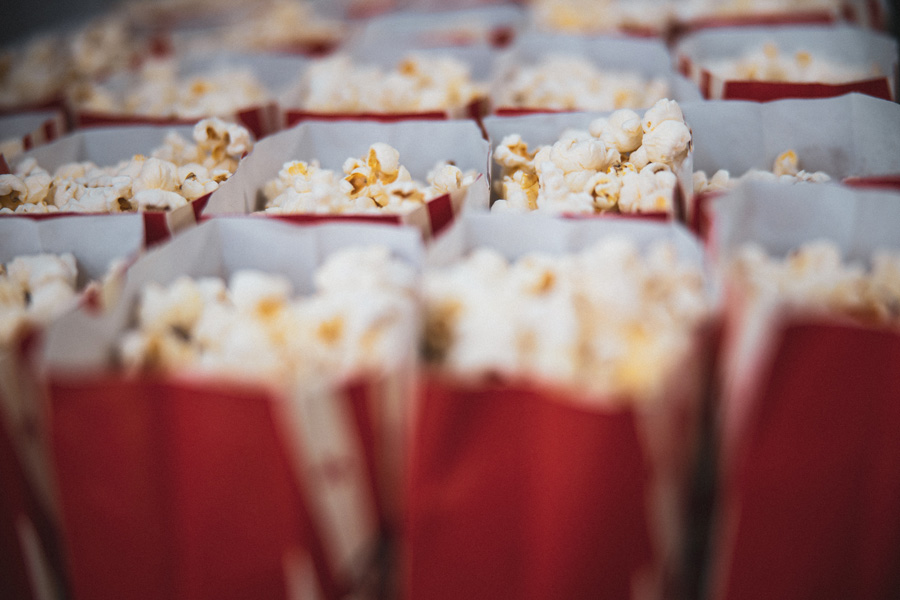
What food do you put down when a survey asks for your favorite food? I always put down popcorn! I love popcorn. I love the flavor, the crunchiness, and the childhood memories it brings. My father’s favorite snack was popcorn cooked with bacon grease. Many years later, I read a survey of popcorn produced in […]
No Ordinary Button
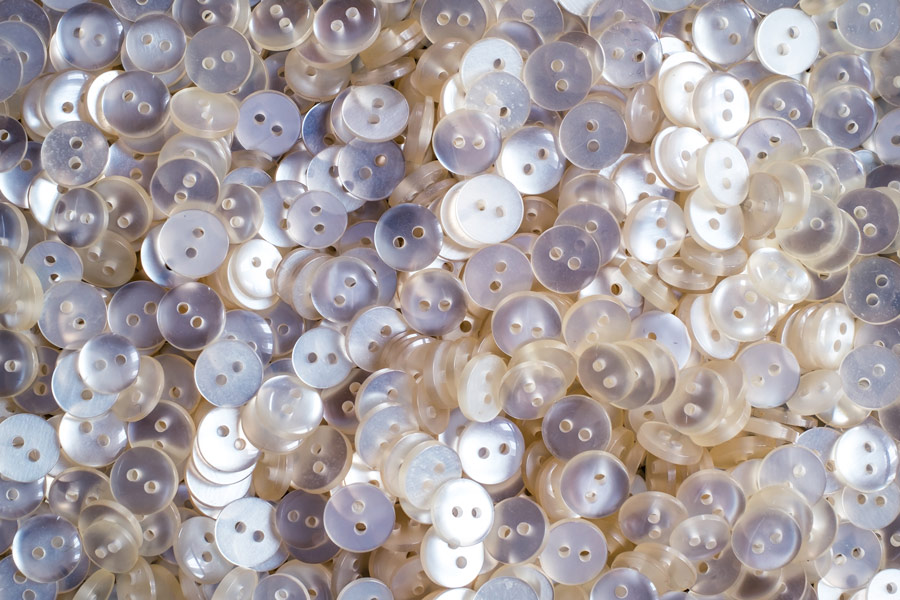
November 16th is National Button Day. What do you think of when you hear the word “button?” Do images of the many colors, diversely shaped garment fasteners come to mind? I remember selecting colors and shapes to add interest to my clothes. Then there’s the time spent searching through the massive collection that my mother […]
Mornings Are Never Long Enough
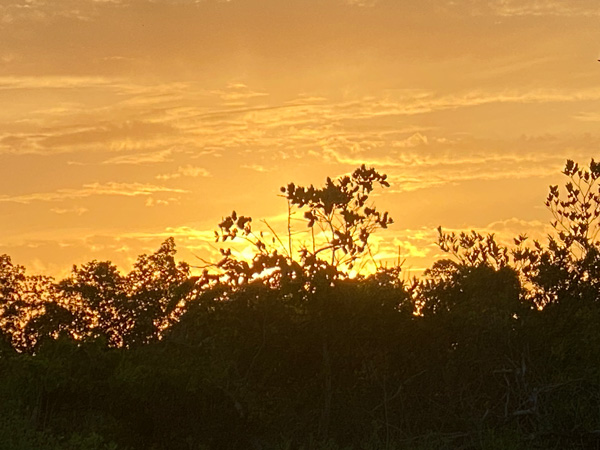
Are you a night person, like the yellow-crowned night heron (Nyctanassa violacea)? Or are you a morning person, like the green heron (Butorides virescens)? Personally, I like getting up in the pre-dawn darkness and looking out at the dark world. Although sometimes with a full moon, it isn’t very dark. So what does this green […]
Celebrating HerStory Month!
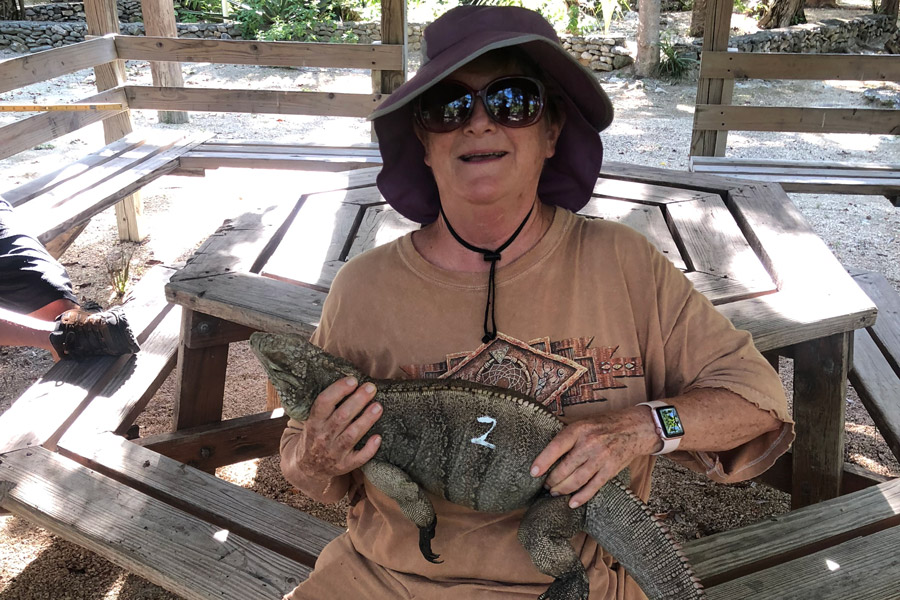
March is an important month for women! Not only was March 8th International Women’s Day. But it’s also HerStory Month, otherwise known as Women’s History Month. It is important to celebrate the vital role of women in American history for the entire month of March, not just one day. Learning about HerStory Month, got me […]
A BIG Book Celebration in Tucson, AZ
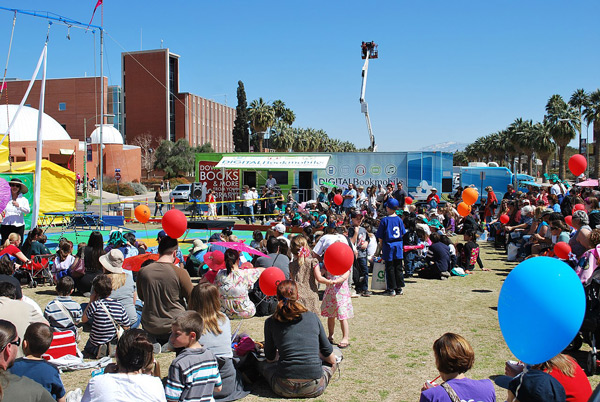
The authors are coming! The authors are coming! Once again, we’ll be celebrating books and literacy in person in Tucson at the 2022 Tucson Festival of Books (TFOB)! Learn more about this Tucson book celebration staple and how you find me there. A Brief TFOB History The first festival was held March 14-15, 2009 with […]
The Laws of Physics (According to Horses)
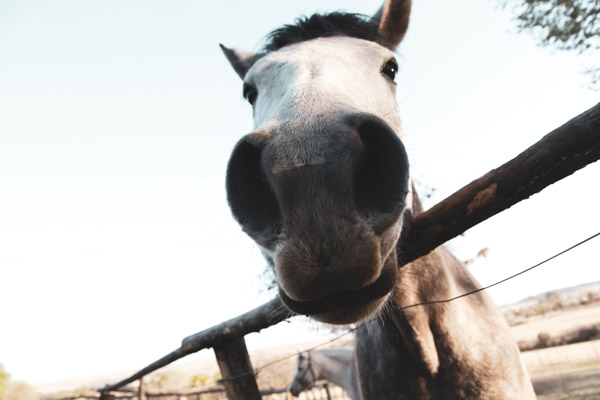
I started horseback riding after I retired. Before that, I’d never been particularly fond of horses, despite being a biologist. I preferred reptiles, crustaceans, and mollusks. However, life has a way of leading me down unexpected trails. Although no matter the trail I find myself on, I always find a little science. Even with a […]
Breakfast at the Beach (It’s not what you think!)
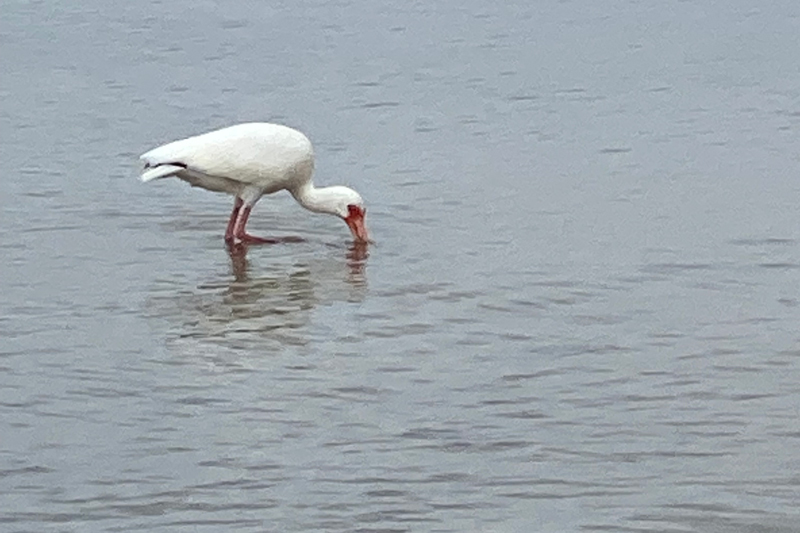
For writers, it’s important we periodically refresh our minds — or our muses, as they say. And so, a few times a year I leave my Sonoran Desert home for a beach in the Gulf of Mexico. I do miss my scaly and furry family members, but long strolls on the beach do me a […]
Backstories and Barnacles
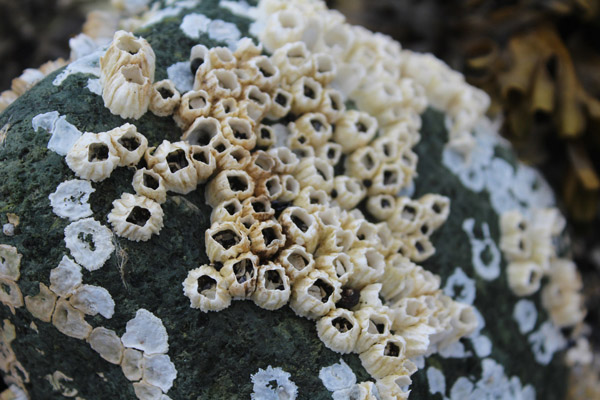
Recently, while on vacation in Florida, I listened to a lecture on compelling storytelling. It’s an important topic for me, and something I strive to accomplish. The speaker asserted that to attract a reader’s interest, a protagonist’s backstory is essential. After all, their actions and reactions are directly related to their past. It was an […]
Why You Should Feel Hopeful for 2022
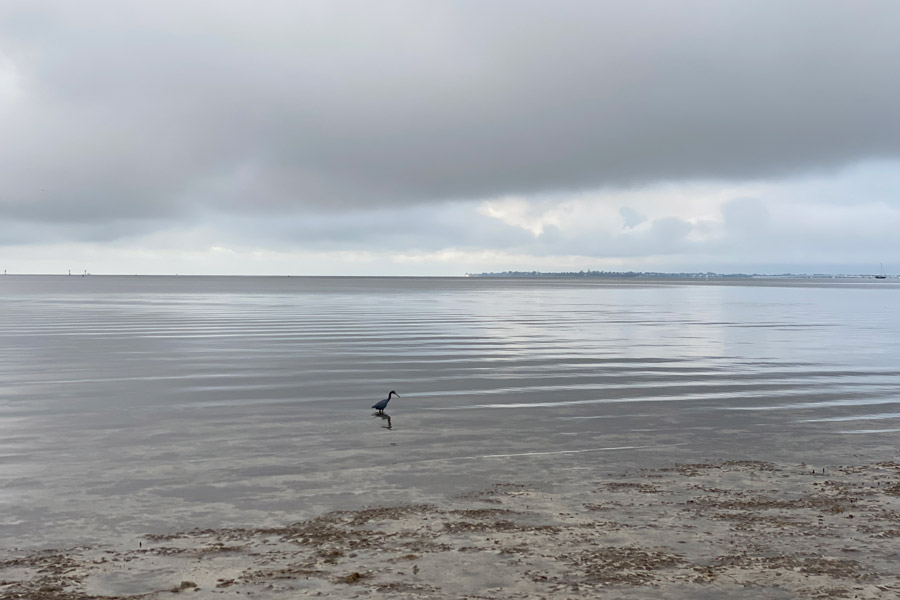
Farewell, 2021! You’ve been an interesting year. Welcome, 2022! I’m sure the coming year will be as eventful as the last, but I have hope that it will bring more good than bad. Yes, I choose to have hope for the new year. This new year starts with difficulties, such as new variants thriving, economic […]
Give the Gift of a Picture Book!
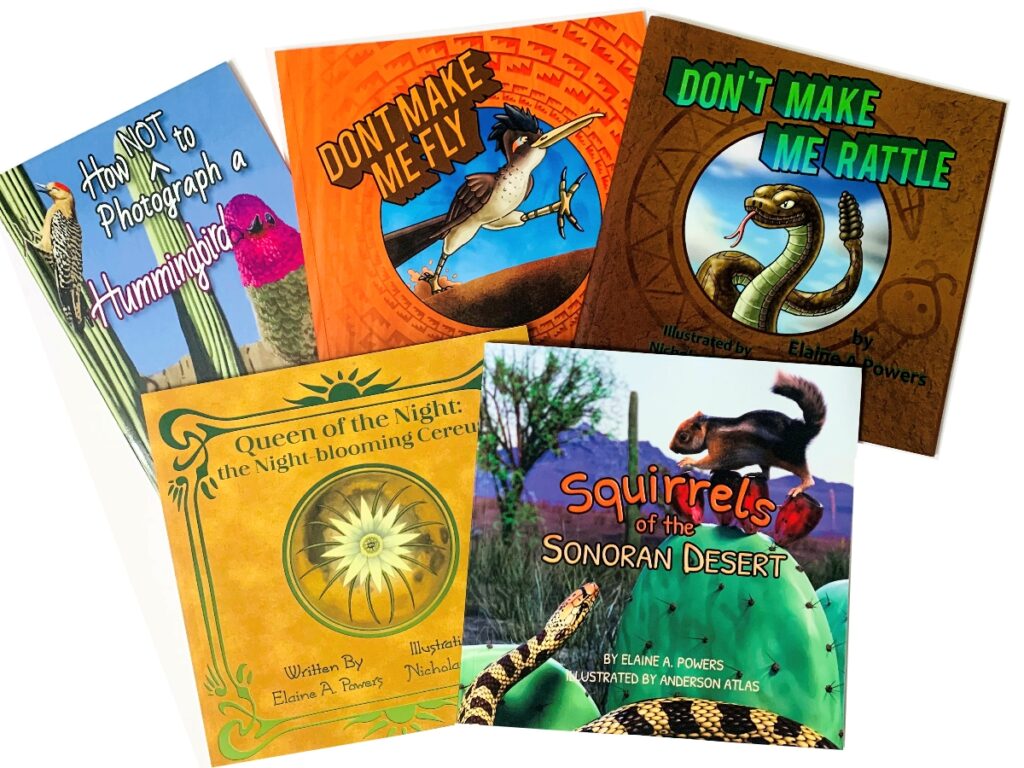
This is the season for gift giving. Why not give a gift that educates as it entertains, builds language skills, and can be enjoyed over and over again? Books are always a great gift for any age. Not Your Average Picture Book What makes my picture books worthwhile? Immense amounts of scientific information are included […]
Meet Calliope, the Muse of Long Poetry
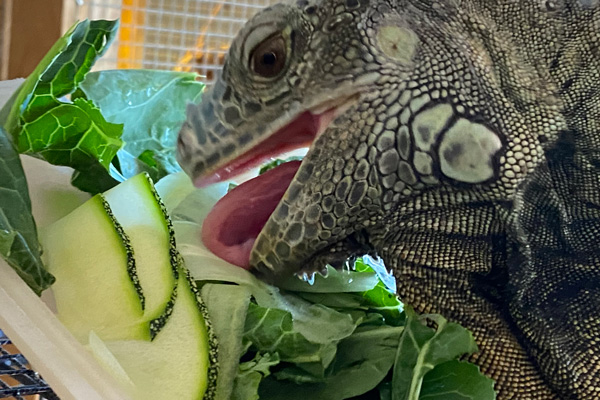
Most of the iguanas in my life have been green iguanas, Iguana iguana. However, not all green iguanas are green. Through the years I’ve cared for green iguanas who were various shades of green, orange, blue, and even one that was black and white. Like any animal, they all had different personalities. Some liked to […]
A Squirrel is a Squirrel is a… Chipmunk?
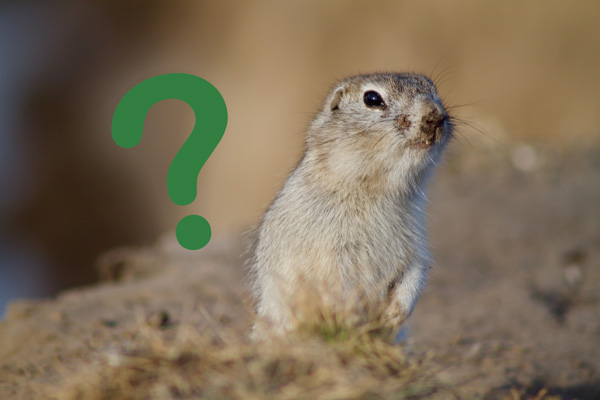
Sometimes, stories are written to craft clarity from confusion. That’s certainly the case with my book Squirrels of the Sonoran Desert. I’ve lived in many places yet found myself perplexed by the local squirrels. In discussing them with other residents, it became clear that they were just as confused by the nature of these rodents. […]
Snakes (and Science) for All!
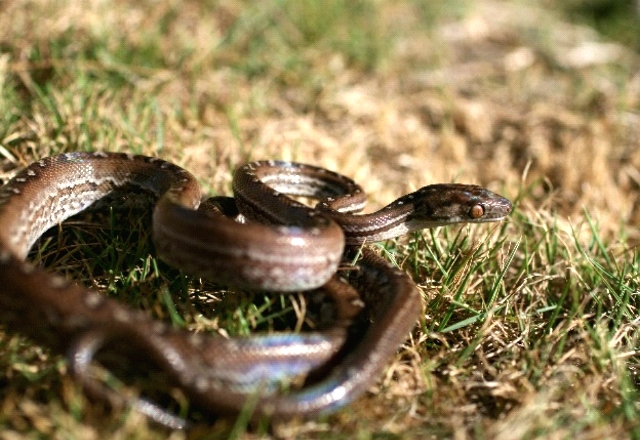
Buying books online is wonderfully convenient, but for me, selling my STEM-based books in-person is special, especially when the people are children. I’m delighted when kids show interest in the science that I include in my books. And I’m especially thrilled when girls are interested in snakes! Breaking into Science As a child, I dreamt […]
Morton Salt, Campbells, and Flamingos in the Bahamas.

Recently, while in Chicago I happened to see the iconic Morton Salt sign. It’s so huge you can’t miss it. While it’s called a sign, in actuality it’s a roof on the old Morton Salt factory on Elston Avenue. As a child, this sign always reminded me of the Morton Salt Girl and the drawing […]
How Not to Photograph a Bat
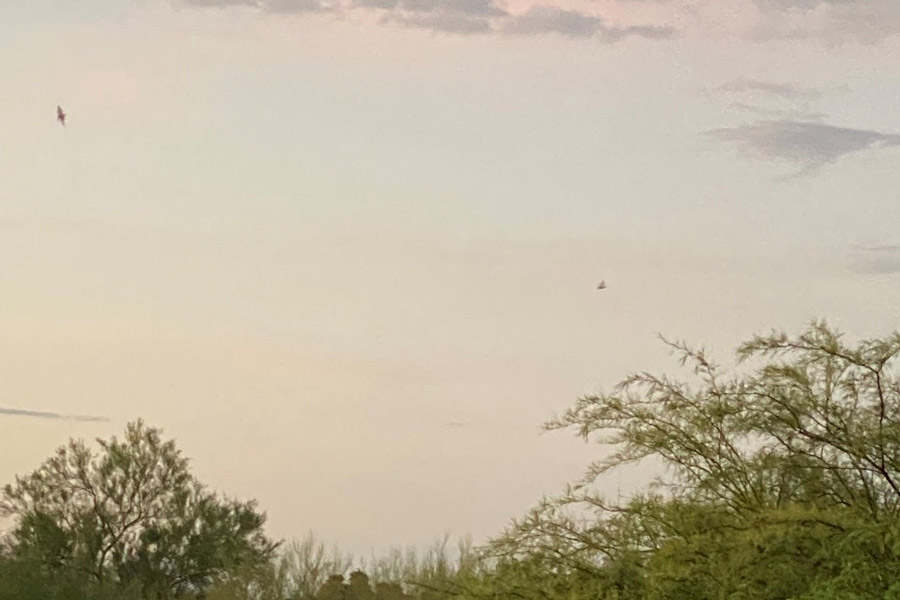
I wrote a book about the difficulties in photographing hummingbirds, How Not to Photograph a Hummingbird. It pits one bumbling human against the desert as he carelessly attempts to photograph an Anna’s Hummingbird. If lucky, a hummer may alight for a moment or two, allowing the photographer to get the shot she wants. But there […]
